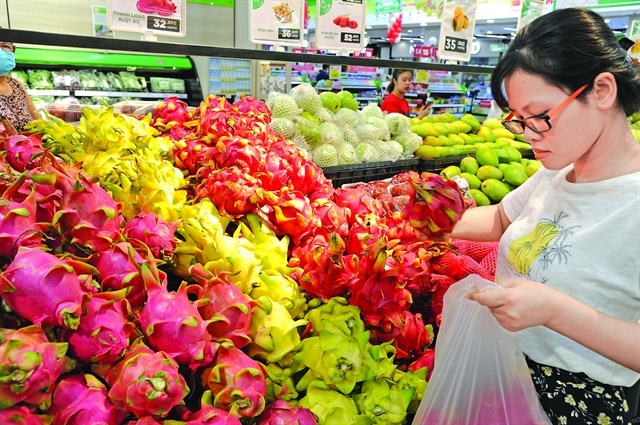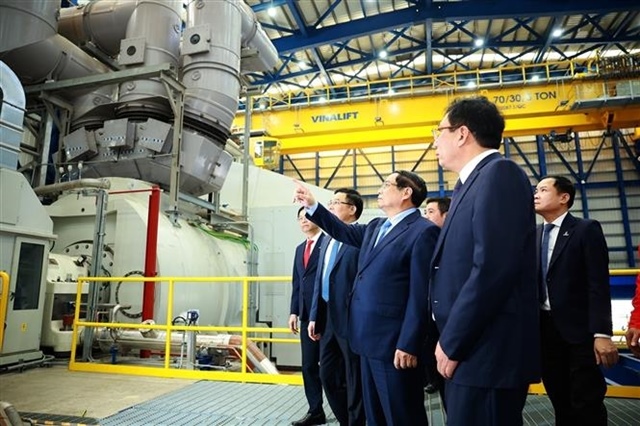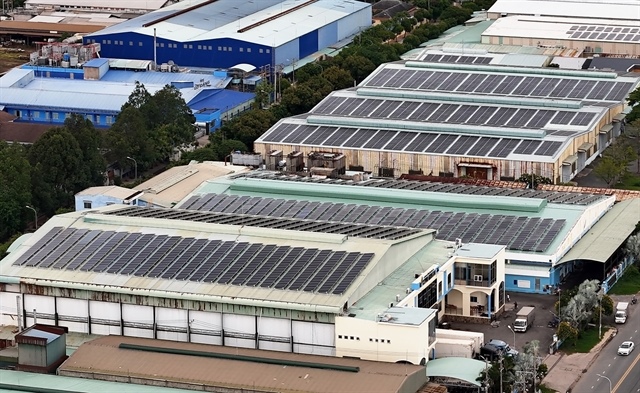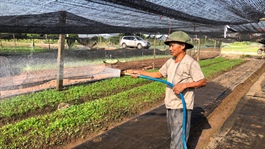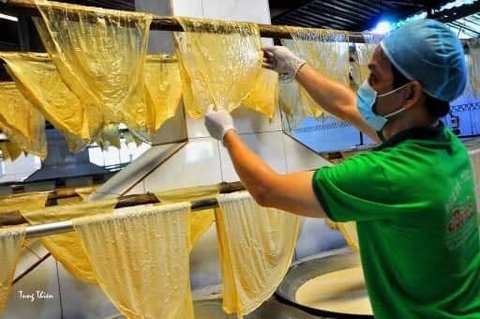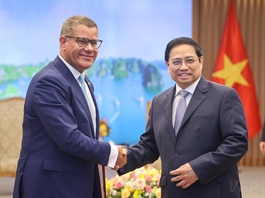Vietnamese farm products make EU market inroads
Vietnamese farm products make EU market inroads
Vietnamese agricultural products are opening doors in the European Union (EU) market amid post-pandemic recovery, bolstered by the EU-Vietnam Free Trade Agreement (EVFTA).
Seafood, rice top exports
Since the EVFTA took effect in August 2020, Vietnamese rice exports to the EU have soared. Pham Thai Binh, General Director of the Trung An Hi-tech Agriculture Joint Stock Company, said that in the first half of 2022, the company’s rice export turnover increased by 68 percent, with the EU its major market. In addition to rice, Trung An is also focusing on developing products made from rice that have been receiving positive EU market response, such as dry vermicelli and Vietnamese Pho soup.

The European market imports over two million tonnes of Vietnamese rice annually |
Le Hang, Communications Director of the Vietnam Association of Seafood Exporters and Producers (VASEP), said that despite the COVID-19 pandemic, seafood export revenue in 2021 exceeded US$1 billion, up 12 percent compared to 2020, with the EU being a major importer.
As of the second quarter of 2022, the EU is one of Vietnam’s three largest seafood export markets. Along with seafood and rice, other export commodities to the EU have also recorded a stable growth rate.
According to the General Department of Vietnam Customs, since the agreement came into force two years ago, Vietnam’s export turnover to the EU has reached about US$83 billion, growing approximately 15 percent annually, mostly from products such as vegetables, rice, and seafood.
|
Brand name importance
Le Hang said the EU rules of origin are a major challenge for seafood exporters. Although VASEP and the Ministry of Industry and Trade (MoIT) have organized many programs to train businesses on certification of origin, different regulations and controls in each market might have led to misunderstandings about issuance of the certificates.
Pham Thai Binh added that the EU has huge potential, importing over two million tonnes of rice from Vietnam every year. However, the amount of Vietnamese goods exported to the EU in general remains very modest.
“I think the reason is still due to the commercial culture of Vietnamese businesses. The Trung An brand is not strong enough to carve out a niche for Vietnamese rice in the EU market. Therefore, we need a cooperation program and domestic businesses need to work together to create a Vietnamese rice brand for this market, and certify traceability and growing area codes that meet European standards to prevent goods being returned for violating them,” Pham Thai Binh said.
Tran Thanh Hai, Deputy Director General of the MoIT’s Agency of Foreign Trade, said that Vietnam exports most agricultural products to the EU in the form of raw materials or at very low preliminary stages of processing. Such products have no brand names because they do not reach end consumers. To reach the EU, products still have to go through several additional processing stages and carry the names of foreign distributors when entering their distribution channels. Therefore, in order to add more value, he urged Vietnamese businesses to focus on developing brands as a tool to help sell products and expand market share.


